One of the best ways to get to know a culture is through their national and regional drinks. Here are some of the tastiest libations from around the world, so you can bring them from abroad to your home.
Caipirinha – Brazil
Literally translated, caipirinha translates to “country bumpkin”, although people of all classes drink this popular cocktail. Interestingly, it was originally made for medicinal purposes. In a Brazilian caipirinha, the main ingredient is Cachaça, which was once prescribed with honey and lime to cure colds and sore throats. To make it, you’ll need:
- 1/2 lime, quartered
- 1 teaspoon white sugar
- 2 1/2 fluid ounces cachaca (Brazilian sugarcane rum)
- 1 cup ice cubes
Pisco Sour – Chile/Peru
While the two countries argue over who really owns the Pisco Sour – although Pisco is said to have originated in Peru – both are excellent places to enjoy the sour yet sweet concoction. To make it, you’ll need:
- 2 oz. Pisco (Peruvian or Chilean)
- 1 tablespoon sugar
- 1 tablespoon fresh lime juice
- 1 teaspoon pasteurized egg whites
- 1/2 oz triple sec
- 1/2 oz light rum
- 1/2 oz gin
- 1/2 oz vodka
- 1/2 oz tequila
- 1 oz sour mix
- Coke
- Lemon wedge garnish
- 2 oz whiskey
- 1/2 oz sweet vermouth
- 1 dash bitters (optional)
- 1 cup ice cubes
- 1 maraschino cherry for garnish
Mojito – Cuba
While the origins of the Mojito are unclear – either it was created by an English pirate and brought to Cuba or invented in the country in the late 1800s – it is the delicious national drink of Cuba. To make this refreshing cocktail yourself, you’ll need:
- 10 fresh mint leaves
- 1/2 lime, cut into 4 wedges
- 2 tablespoons white sugar, or to taste
- 1 cup ice cubes
- 1 1/2 oz white rum
- 1/2 cup club soda
- 2 small red Thai chili peppers
- 1 stalk lemon grass
- 3 quarter-size slices of ginger root
- Kaffir lime leaf (optional)
- 1 oz vodka
- 1 oz coconut-flavored rum
- 1/4 oz freshly squeezed lime juice
- 1/2 oz simple syrup
- ice
- club soda (optional)
Cut a small sliver from one of the chili peppers and save the rest for later. Remove the tough outside of the lemon grass, pound the inside and cut it width-wise into three 1/4-size slivers. Combine the chili sliver and lemon grass with the ginger root and the Kaffir lime leaf into a cocktail shaker and muddle. Add the vodka, coconut rum, lime juice and simple syrup, then enough ice to fill the shaker two-thirds full. Finally, shake vigorously for 30 seconds and strain into an ice-filled rocks glass. If you’d like, you can now add a splash of club soda. The remaining sliver of lemon stalk and chili pepper should be used as a garnish.
Consumed in the Andean highlands, the origins of this hot alcoholic beverage are unknown. It’s often served on Christmas, and in Ecuador is served in the streets during parties. To make it for yourself, you need:
- 3 cups water
- 2/3 cup light brown sugar
- 2/3 cup dark brown sugar
- juice of 1 lime
- pinch of salt
- 1 teaspoon whole cloves
- 4-6 cinnamon sticks
- 1/2 cup orange juice
- 4 oz aguardiente or rum
Boil water, sugar, lime juice, cloves, salt and cinnamon sticks, then simmer for 5-10 minutes. Turn off heat and stir in the orange juice. Next, add the aguardiente or rum. Reheat without boiling. Strain and serve hot. This recipe makes enough for four people.
Negroni– Italy
While Italy is well-known for many different wine and liquors, the country’s cocktail pride is in the Negroni. Invented in Florence in 1919 at Caffè Casoni (now Caffè Cavalli), the slightly bitter, slightly sweet concoction is traditionally drank as an aperitif. To make it for yourself, you’ll need:
- 2 oz Campari bitters
- 2 oz gin
- 2 oz sweet vermouth
- ice
- 2 lemon or orange twists, or orange slices
Fill a cocktail shaker with ice and add the Campari, gin and vermouth. Shake until chilled, then divide the libation between two martini or lowball glasses. Garnish with lemon, orange or orange twists.
Gintonic– Spain
Fun fact: Spain drinks more gin per person than any other country in the world. It’s not surprising, then, that most people consider the Spanish to make the best Gintonic (or Gin and Tonic) on the planet. It’s the unofficial national drink of the country. To make it for yourself, you’ll need:
- 8-10 ice cubes (in Spain, they are served very cold)
- 5 oz tonic
- 2.5 oz gin
- an imaginative garnish (some examples: grapes, raspberries, juniper, cucumber, chocolate, ginger, liquorice, orange, pink grapefruit, lime, lemon, curry powder, mint, nutmeg, cinnamon, coriander, pepper, cardamon or parsley)
Put the ice in a large wine glass. Choose a garnish, and pour the gin onto the garnish, followed by the tonic. Lightly stir.
Aruba Ariba– Aruba
During my trip to Aruba, this fruity concoction was a favorite among locals and tourists. The flavors perfectly fit the “One Happy Island” vibe of Aruba. To make it yourself, you’ll need:
- 1/2 oz vodka
- 1/2 oz 151 rum (better if using Ron Rico from Aruba, higher proof)
- 1/8 oz Coecoei
- 1/8 oz Crème de Banana
- 1/2 cup orange juice
- 1/2 cup cranberry juice
- 1/2 cup pineapple juice
- grenadine
- Grand Marnier
Fill a pint or sling glass with all ingredients and stir lightly without shaking. Top with a splash of grenadine and Grand Marnier to taste. Stick in a flag toothpick with cherry and orange or a slice of pineapple.
National Liquors
These aren’t cocktails, per say, but have earned a special place in countries around the world:
Raki– Turkey
Popular as an aperitif, this Turkish unsweetened, anise-flavored hard alcoholic drink is considered the national drink of Turkey. It is usually served straight, with chilled water on the side or partly mixed with chilled water, which gives it the milky color shown above.
Genever– Netherlands
This juniper-flavored and strongly alcoholic traditional liquor is actually from what gin evolved. European Union regulations state that in order for a gin to be called Genever, it must be made in Netherlands or Belgium.
Tequila– Mexico
After going on a trip to Mexico, I learned much about tequila, including how to properly drink it. By law, tequila can only be called “tequila” if it is made in Jalisco, Mexico. And contrary to popular belief, this libation should be sipped slowly, not taken back like a shot.
Pastis– Southern France
An anise-flavored liqueur and apéritif created in France, it contains 40%-45% alcohol by volume and tastes like licorice root.
Vodka– Russia
While almost everyone drinks vodka, it is the pride of Russia. In the vodka belt countries of Eastern Europe, it is traditionally drank neat. There is an interesting story that goes along with the drink. Around 1430, a monk named Isidore from the Moscow Kremlin’s Chudov Monastery invented the recipe for the first Russian vodka. Because he had special tools and knowledge, he was able to take the new beverage to a higher level. Initially known as “bread wine,” it was originally produced exclusively in the Grand Duchy of Moscow until the era of industrial production. For this reason, vodka is often closely associated with Moscow.
Ouzo– Greece
This anise-flavored aperitif is a symbol of Greek culture. The libation is said to have been created by 14th Century monks in a monastery on Mount Athos. Traditionally, it is mixed with water and served with cubes in a small glass, or sometimes taken as a shot.
Palinka– Hungary
Meant to be sipped, this double-distilled fruit brandy is made from various fruits like apples, pears, cherries, plums, apricots, mulberries and quince. By law, “only distilled beverages made using special methods and technology, from fruits produced in Hungary, mashed, distilled, matured and bottled locally can be called pálinka.”
Schnapps– Germany
Not to be confused with American schnapps, the German variety is a clear, colorless spirit that is about 80 proof and distilled from fermented fruits including apples, pears, plums and cherries. Note that not all German schnapps are listed as such. For example, Kümmel is a German schnapps made with caraway, cumin, and fennel, while Kirschwasser is a cold cherry water made with morello cherries. Moreover, Steinhäger is technically a schnapps as well as a German gin and can only be made in the town of Steinhagen.
Kava– Fiji
When I think of my trip to Fiji, I immediately think of sipping kava from a coconut bowl. The roots of the piper methstyicum plant are used to make a drink with sedative and anesthetic properties. It is said to relieve stress, contain diuretic properties and give a fuzzy feeling.
Sake– China/Japan
While usually associated with Japan, sake actually came from China as a result of the country’s plethora of rice. In fact, monks have been sipping it since the 6th century. Today, Chinese and Japanese continue to drink the libation. While often compared to rice wine, sake is more like a beer in the sense it is brewed. However, unlike with beer where the conversion from starch to sugar and from sugar to alcohol occurs in two separate steps, the steps occur simultaneously for sake.
Jessica Festa
Latest posts by Jessica Festa (see all)
- A Culturally-Immersive Adventure In Mongolia’s Altai Mountains - Jul 8, 2023
- This Recipe Sharing Platform Supports Women In The Culinary Industry (Labneh Recipe Included!) - Nov 5, 2020
- Hiking The Mohare Danda Community Eco-Trek In Nepal - Jun 3, 2020
- 6 Important Questions For Choosing A Responsible Yoga Retreat - May 18, 2020
- How To Create & Grow A Profitable Blogging Business (Ethically) - Jan 18, 2020

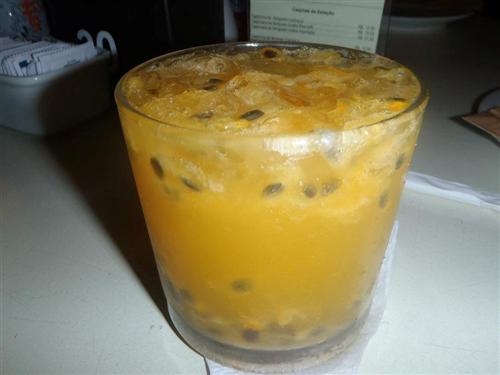
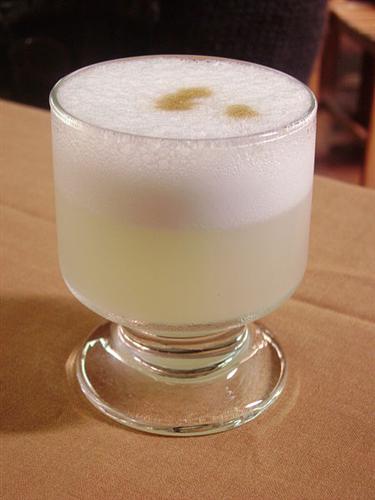
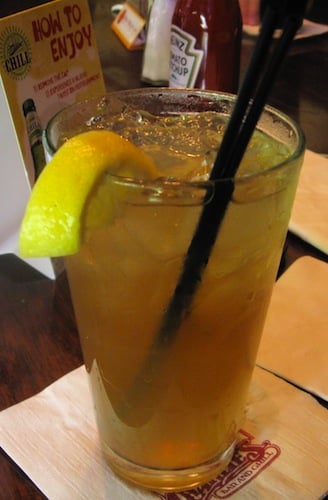
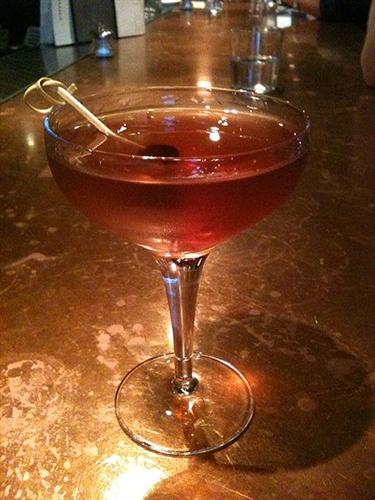
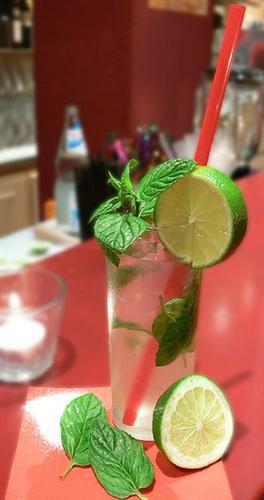
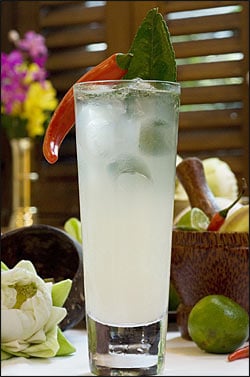
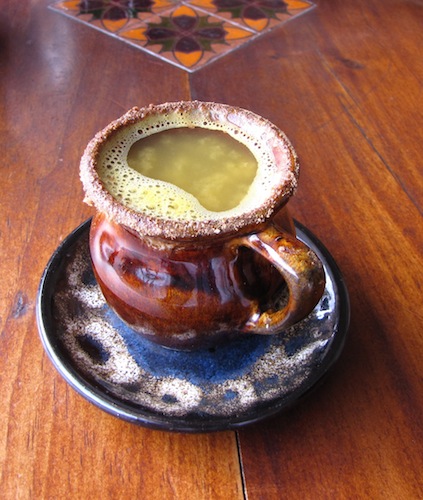

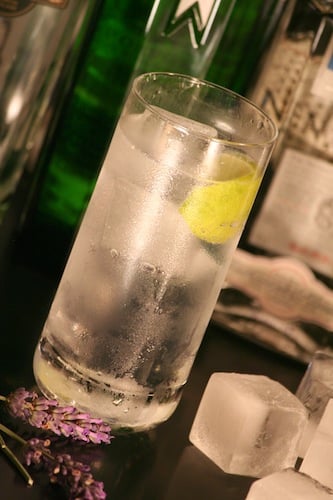
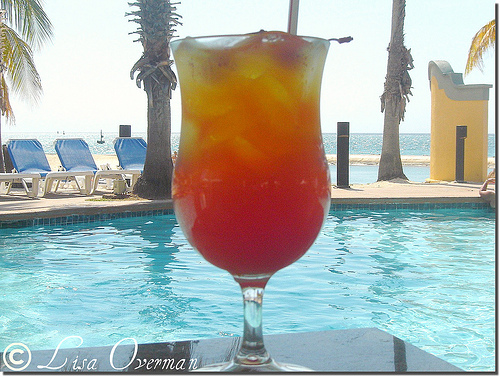
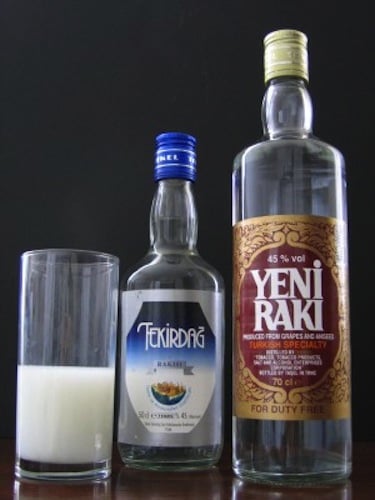
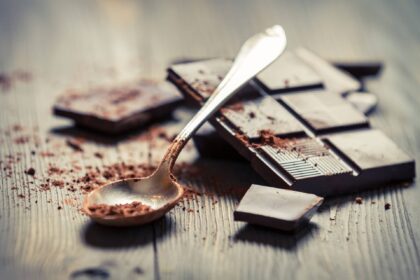


I love how this site encourages community involvement and participation through interactive features and forums. شركة تنظيف بجازان